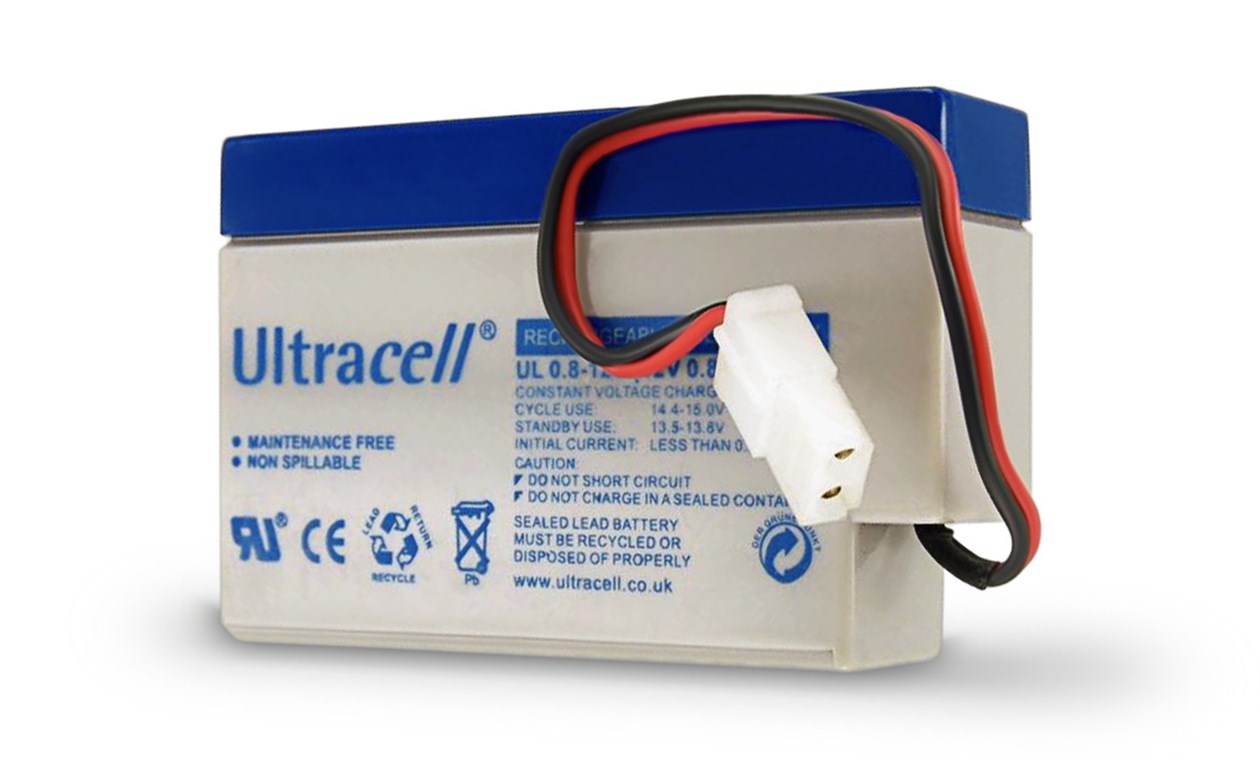Hi Dave,
what I would like to know is what machine was used in the specific TUV test a the bottom of this link:
http://www.tuks.nl/Mirror/Bedini/joh...nibearden.html
regards,
mario
what I would like to know is what machine was used in the specific TUV test a the bottom of this link:
http://www.tuks.nl/Mirror/Bedini/joh...nibearden.html
regards,
mario


Comment